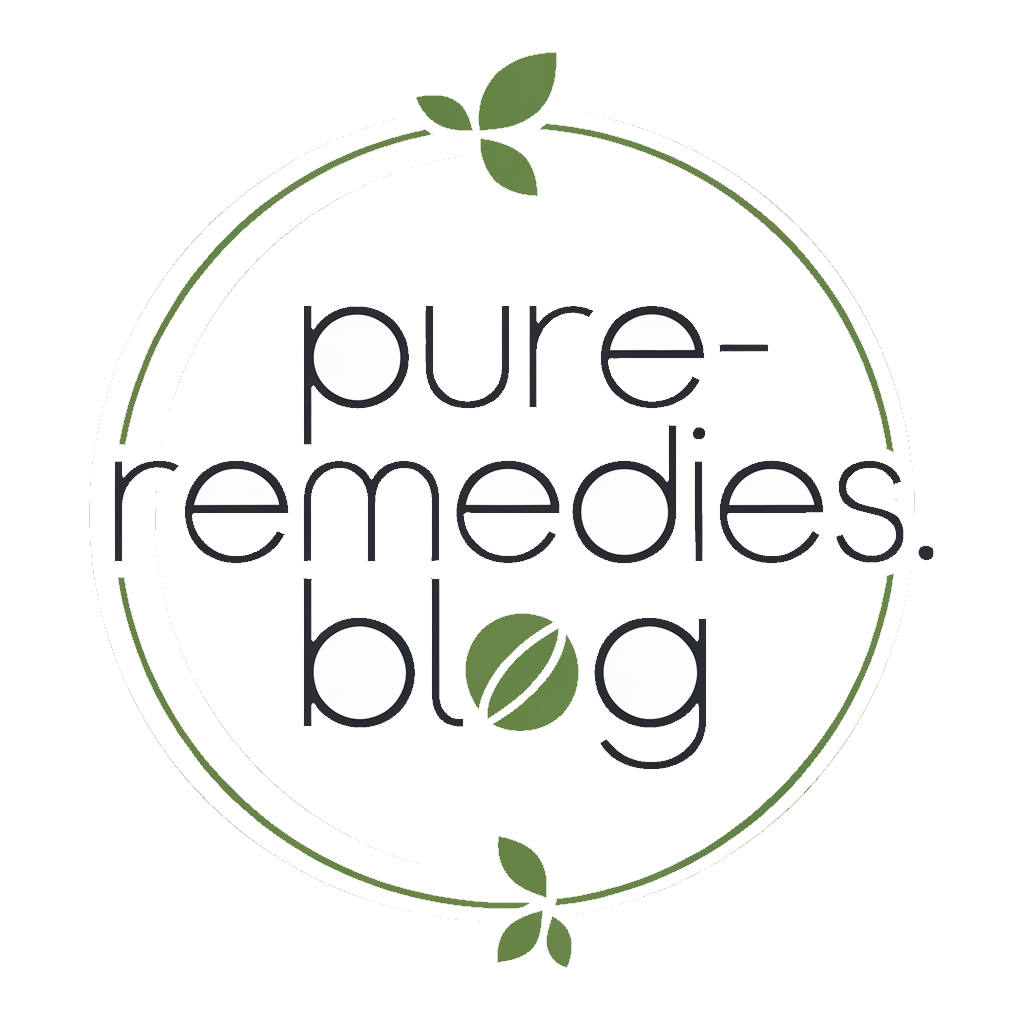Anxiety Attack. This Quick Trick Stops It Instantly!
Anxiety attacks can hit when you least expect them, leaving you feeling breathless and out of control. It’s essential to have effective tools at your disposal to manage these overwhelming moments. One powerful technique you might find beneficial is the 4-7-8 breathing method. It’s simple yet impactful. Want to learn how it works and why it can help bring you back to a state of calm? Let’s explore the details.
Understanding Anxiety Attacks
When you find yourself in the grip of an anxiety attack, it’s crucial to grasp what’s happening in your body and mind. This overwhelming feeling often leaves you breathless and racing. Your heart pounds, and thoughts spiral into chaos, making it hard to focus.
Understanding that these sensations are temporary is key—you’re not alone in this.
One of the fastest home remedies for anxiety relief is simply to breathe. Take a moment to tune into your breath; inhaling deeply through your nose and exhaling slowly through your mouth can ground you. Mindful breathing can significantly enhance the calming effect of your breath.
Visualize exhaling the anxiety, creating space for calm.
Connecting with others can also ease your mind; reach out to a friend who understands. Remember that your feelings are valid, and sharing your experience can foster a sense of belonging.
You’re part of a community that cares and supports you.
The Science Behind the 4-7-8 Breathing Technique
Understanding effective breathing techniques can greatly enhance your ability to manage anxiety attacks. The 4-7-8 breathing method, developed by Dr. Andrew Weil, focuses on controlled breathing to reduce stress and promote relaxation.
Here’s why this technique works:
-
Physiological Changes: Slowing your breath helps lower heart rate and blood pressure, calming the body.
-
Mindfulness: It shifts your focus from anxiety to your breath, anchoring you in the moment.
-
Oxygen Exchange: Taking deep breaths increases oxygen intake, promoting better brain function and emotional regulation.
-
Releasing Tension: Extended exhalation activates the parasympathetic nervous system, which eases tension and encourages a sense of peace.
Additionally, the technique is supported by scientific evidence, showing its effectiveness in reducing anxiety levels.
Step-by-Step Guide to the 4-7-8 Breathing Method
To effectively use the 4-7-8 breathing method and combat anxiety, you can follow this simple step-by-step guide.
First, find a comfortable place to sit or lie down. Close your eyes gently and take a deep breath in through your nose for a count of four. Feel the air filling your lungs.
Next, hold your breath for a count of seven. This helps your body take in all that calming energy.
Finally, exhale slowly through your mouth for a count of eight, letting go of tension. Repeat this cycle for four full breaths.
As you practice, remember that it’s okay to feel a bit awkward at first. With time, you’ll notice this method can help you ground yourself and bring a sense of peace. Additionally, using the 4-7-8 breathing method can promote deep sleep and enhance your overall well-being.
You’re not alone in this journey; your commitment to managing anxiety means you’re part of a supportive community seeking calm together.
Additional Quick-Relief Techniques for Anxiety
Although anxiety can feel overwhelming, there are several quick-relief techniques that can help you regain control in the moment.
Try these simple methods that connect you with your body and calm your mind:
-
Grounding Exercise: Focus on your surroundings by naming five things you can see, four things you can touch, three things you can hear, two things you can smell, and one thing you can taste.
-
Visualization: Picture a peaceful scene—like a beach or a quiet forest. Immerse yourself in the colors, sounds, and feelings of that place.
-
Progressive Muscle Relaxation: Tense and then relax each muscle group in your body. Start from your toes and work up to your head.
-
Positive Affirmations: Repeat a calming phrase like, “I am safe,” to shift your mindset and ease tension.
Using these techniques can create a sense of belonging in your own mind, helping you feel secure and connected.
Incorporating Anxiety Management Into Daily Life
Integrating anxiety management strategies into your daily routine can make a significant difference in how you handle stress and anxiety over time. Start by carving out a few minutes each day for mindfulness or deep breathing exercises. You don’t have to do it alone; consider joining a shared practice group or class. Engaging with others can create a sense of community and belonging.
Additionally, prioritize physical activity. Even a brisk walk can boost your mood and dispel anxious thoughts. Don’t forget about the power of a solid support system—connect with friends or family to share your experiences.
Establishing a sleep routine also plays an essential role in managing anxiety. Set an alarm for consistent bedtimes and wake-up times. Incorporating techniques like the 4-7-8 breathing technique can provide immediate relief during anxiety attacks.




